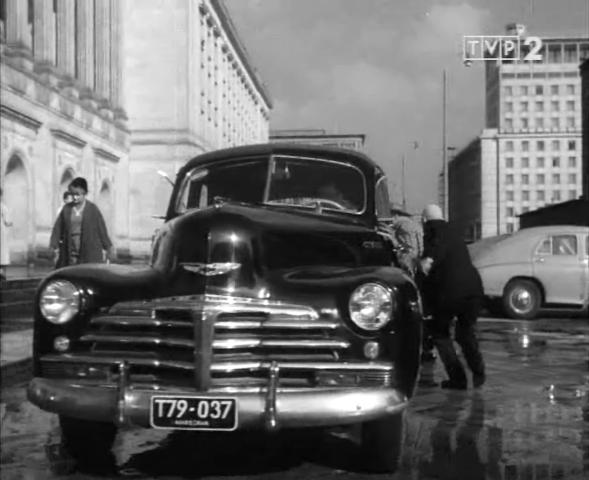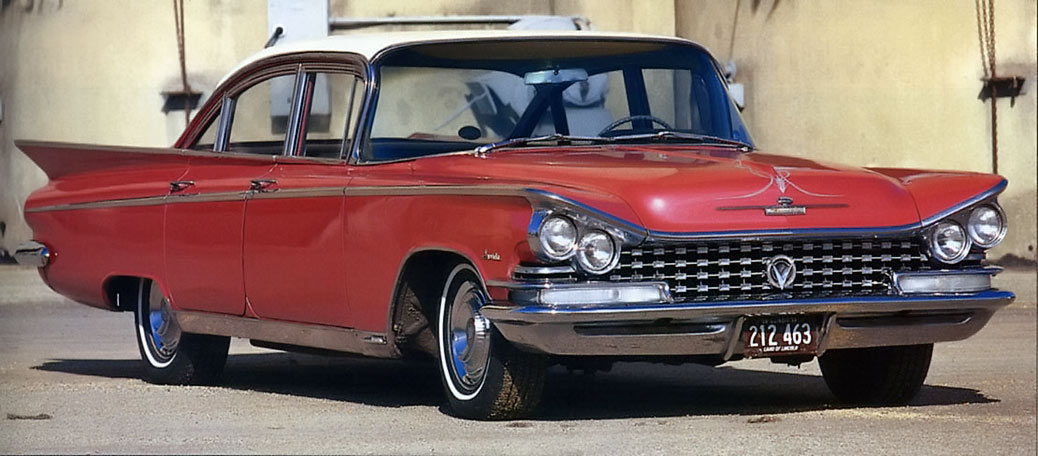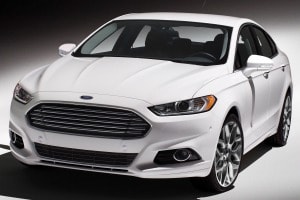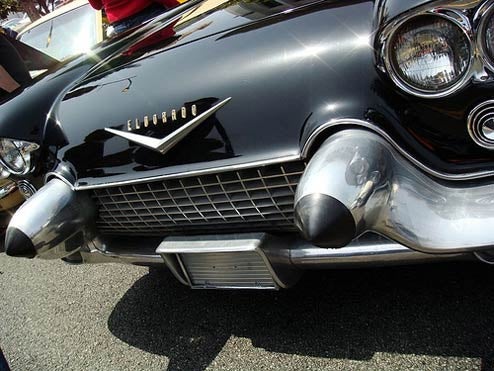Stanley Doble
Call Me a Cab
- Messages
- 2,808
- Location
- Cobourg
Lizzie if you want the inside story of the auto industry by someone who actually knows what he is talking about you should read My Years With General Motors by Alfred Sloan. He was with the company from the beginning to the early sixties and some of his stories are very interesting.
One concerns the idea of planned obsolescence or the annual model change. In the early twenties they had to make a decision whether to pursue a policy of gradual development, like the Model T Ford, or annual models like everyone else.
Nobody in the whole company wanted the annual model change. Management didn't want it. Engineering didn't want it. Manufacturing didn't want it. The parts department didn't want it. The only people who supported the annual model change was the sales department for the simple reason that the public wanted it. They found they could sell a new model where the public would not buy a 2 year old model no matter how good.
So they adopted the annual model change with all its headaches because it was the best way to sell cars.
One concerns the idea of planned obsolescence or the annual model change. In the early twenties they had to make a decision whether to pursue a policy of gradual development, like the Model T Ford, or annual models like everyone else.
Nobody in the whole company wanted the annual model change. Management didn't want it. Engineering didn't want it. Manufacturing didn't want it. The parts department didn't want it. The only people who supported the annual model change was the sales department for the simple reason that the public wanted it. They found they could sell a new model where the public would not buy a 2 year old model no matter how good.
So they adopted the annual model change with all its headaches because it was the best way to sell cars.













